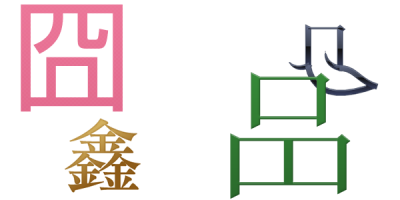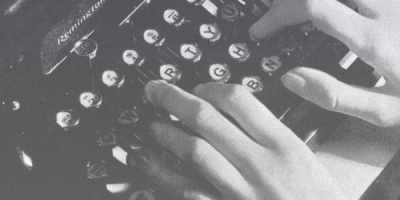
In previous installments, we have touched upon “character-particles” used on the Internet, such as the “pyoon” in “Usoda-yo-pyoon” (Just kidding-pyoon) (parts 1 and 10).
The fact that character-particles appear at the very end of sentences (in the above example, after the sentence-ending particle “yo”), may be related to the observations made by Yoichi Fujiwara (1909–2007). He argues that in the Matsushima coastal dialect of Miyagi prefecture the “wa” in expressions such as “Oshinko, neesuka-wa?” (Aren’t there any pickles-wa?) refers to the speaker (“I”). This is the same as the “bai” and “wai” in expressions like “Shirimasshen-bai” and “Shiran -wai” (I don’t know-bai/wai) used in Kyushu. He argues that the speaker uses these words to clarify his/her own position.
The idea that character-particles, which also appear at the end of sentences, might also “clarify one’s own position” should be thought about, but further consideration is necessary. Moreover, in my own extremely limited research, I have found analogs to the character-particle in Korean and Chinese, but these too require more detailed studies. Quite unrelated to the above, I am at a point where I can offer my own partial explanation of character-particles, so I would like to summarize it here.
Expressions such as “Usoda-yo-pyoon” (Just kidding-pyoon) use the “Pyoon Language” or rather, “Pyoon Dialect.”
Of course, no such language or dialect exists. Just as the expression “deojaru,” which is in common use by would-be “Heian aristocracy” today, was actually used by commoners during the Muromachi and Edo periods (parts 10 and 14), when a word enters into modern Japanese society from outside, what is import are people’s perceptions of it; in general, the word’s exact origins are not a problem (except in the case of specialized terminology).
The Pyoon language and Pyoon dialect are used by the “Pyoonese” people. One can say this is a tradition in the Japanese language. In Japan, dogs are depicted as saying “Sooda-wan” (That’s right, woof) while cats say “Sooda-nyaa” (That’s right, meow). Even crocodiles say “Sooda-wani” (That’s right, croc). What is wrong with the Pyoonese saying “Sooda-pyoon” (That’s right, pyoon)? In fact, when discussing character-particles in the Gengo magazine (Taishukan Publishing Co. Ltd., April 2005, Vol. 64 Challenge Corner), I wrote “Soodesu-mocho” (That’s right, mocho). I was writing as a “Mochoese.”
While it is normal for the communally originated “Heian aristocrat” character to add “deojaru” at every opportunity, to outsiders this indicates that the person is indeed a “Heian aristocrat” and is thus noble but shiftless. Similarly, although it is quite normal for the communally originated “Pyoonese” character to use “pyoon” whenever possible, to outsiders this indicates that the person is a “Pyoonese” and is thus… well, I don’t actually know, but judging by the sound “pyoon,” perhaps they are perceived as somewhat cute and amiable.
This is all, of course, in the context of play. These people writing “Usoda-yo-pyoon” on the Internet obviously are not Pyoonese who speak in the Pyoon language or Pyoon dialect in their daily lives. I myself do not live my life as a “Mochoese.” It was only that one time. I was only playing. (Sorry about that, Gengo.) While we must not change our character (parts 4, 6, and 9), it is fine to do so in the context of play (part 10).







